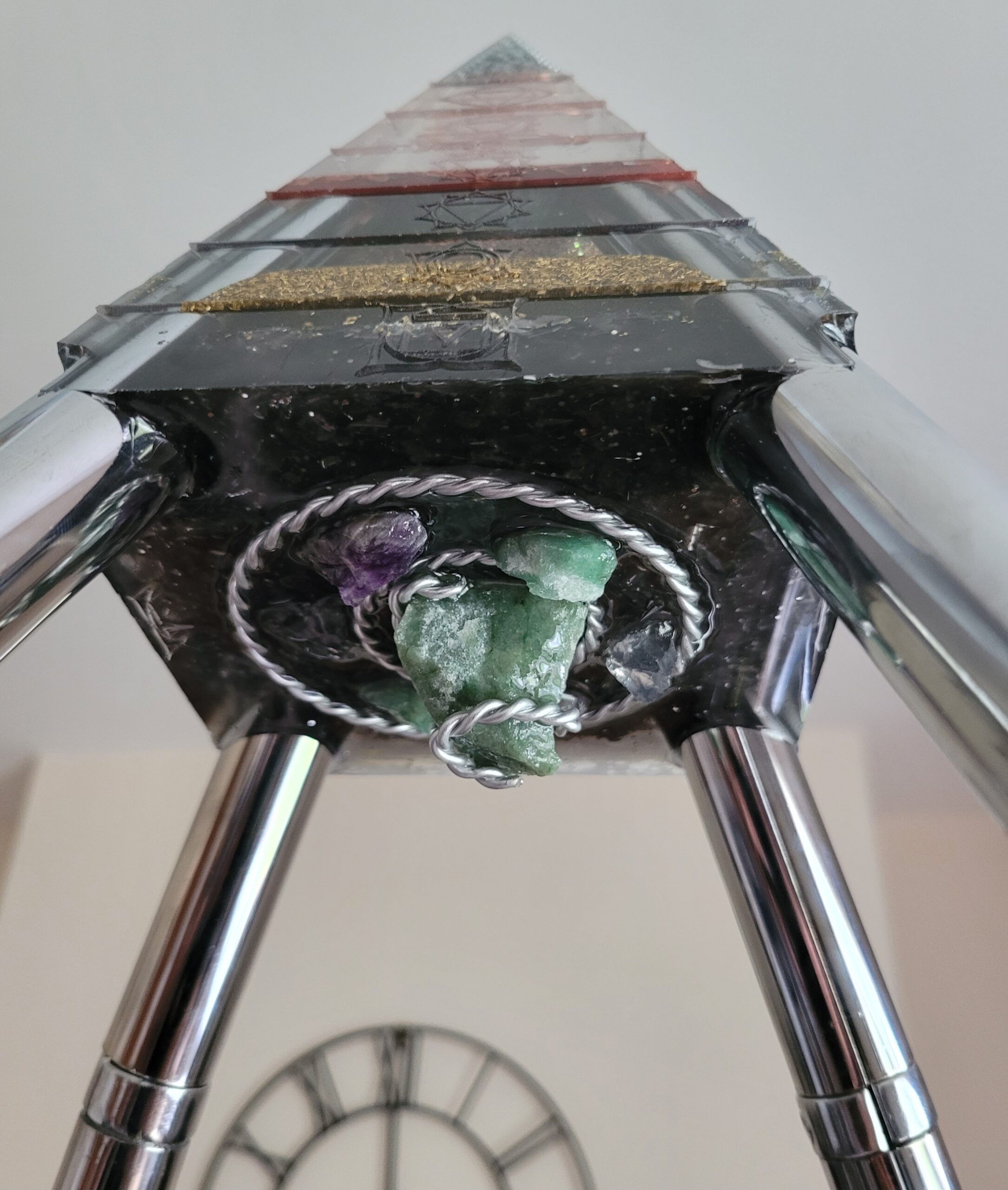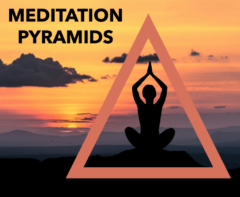
Meditation pyramids might seem like a quirky addition to your zen corner, but they’re not exactly a new concept. These structures have been around for centuries and play a significant role in many cultural narratives. A lot of the buzz you hear today ties back to their ancient symbolism, often representing spiritual ascent and the harmony between earth and sky.
Across various traditions, these geometric wonders aren’t just architectural delights; they’re seen as energy amplifiers. Cultures from ancient Egypt to Mesoamerica have practically inked their history books with pyramid mentions, using them as temples or sacred sites designed to connect with higher realms. It’s no wonder the mystique of pyramids eventually found its way into meditation circles.
In recent years, the allure of meditation pyramids has soared, thanks in part to the wellness industry’s embrace of holistic and alternative practices. People are looking for more than just a tool for relaxation—they’re on the hunt for those elusive benefits that might boost spiritual and mental well-being. From balancing energy fields to enhancing meditation practice, proponents claim all sorts of benefits.
Now, if you’re just getting started with your meditation journey, you may wonder about diving into the world of pyramids. They’re not a one-size-fits-all miracle, but they might offer an enriching layer to your practice if you’re open to exploring unconventional paths. Setting one up at home can be a simple way to experiment. Just make sure you approach it with curiosity rather than expectation.
Scientific Investigations: What Do Studies Say?
If you’re wondering if meditation pyramids are more than just eye-catching decor, you’re not alone. Researchers have taken a stab at demystifying these structures, keen to understand if there’s science behind the claims. Though studies are not as abundant as you might hope, a few have tried to peek into the influence pyramids might have on meditation.
Concrete findings are still a bit elusive. Some research hints at potential changes in energy states when meditating inside a pyramid, though skeptics argue about the scientific rigor of such work. There’s not yet a unanimous celebration in the scientific community, so don’t toss all your crystals in believing the hype just yet.
Experts often walk the line between skepticism and open inquiry. Some suggest that the geometric precision of pyramids might have subtle effects on meditation by creating a focused space. This could be psychological, influenced by belief and perception, rather than anything inherently mystical about the pyramid itself.
Approaching these studies with a level head is key. Look at peer-reviewed work and professional opinions rather than anecdotal evidence when weighing the potential benefits. If anything, using pyramids can enhance your self-awareness and reflection simply by being mindful of your surroundings. So, keep your thinking cap on, and dig into findings with a curious yet critical eye.

Understanding the Skepticism: Myths vs. Facts
Meditation pyramids certainly have their share of tall tales. Some claim they can sharpen blades, preserve food, or even extend life. Sounds wild, right? When you peel back the layers, these assertions don’t hold a lot of scientific weight.
A big part of the skepticism comes from this myth-busting terrain. Many people approach pyramid claims with a dose of scrutiny, as they should. It’s always smart to ask, ‘Does this sound too good to be true?’ Spoiler alert: It often is.
The power of belief is a strong thing. Confirmation bias can make people swear they’ve had miraculous experiences, attributing changes to the pyramid rather than recognizing other influencing factors like environment or mindset.
Fact-checking with a scientific lens is crucial. While pyramids are neat and can seriously up your meditation vibe, there’s a need for tempered expectations about what they can and cannot do. It’s more about the regimented practice of meditation itself that offers tangible benefits.
So what should you believe? Explore these tools with an open yet critical mind. Engage with them as potential aids to focus rather than magical solutions. They might just become a unique part of your meditation routine if approached with the right mindset.
Application and Personal Experiences
Hearing from real people who’ve woven meditation pyramids into their routine offers a fresh perspective. Many users describe a feeling of tranquil focus when meditating under a pyramid structure, attributing this to its shape and symbolic essence. These stories, while compelling, should be seen as personal experiences rather than universal truths.
For those curious to try, introducing a pyramid into your meditation setup isn’t complicated. Even a small desktop model can serve the purpose. The key is how this change affects your meditation headspace rather than expecting immediate transformation.
Safety and mindfulness go hand in hand. If a pyramid’s in your setup, position it securely and ensure it complements your space without dominating it. It should invite you into meditation rather than distract.
Curious if it’s placebo? That’s a valid point. Many suspect that the perceived benefits might stem more from the holistic commitment to better living rather than the pyramid itself. Nevertheless, if it enhances your journey, isn’t that what matters? Whether placebo or genuine effect, meditation satisfaction often lies in personal perception.
Ultimately, meditation pyramids are one of many paths to explore in the quest for calm and mindfulness. They can offer a psychological cue, a ritualistic beginning to a deeper, more mindful practice. Balance your openness with critical thinking for a fulfilling meditation journey.
